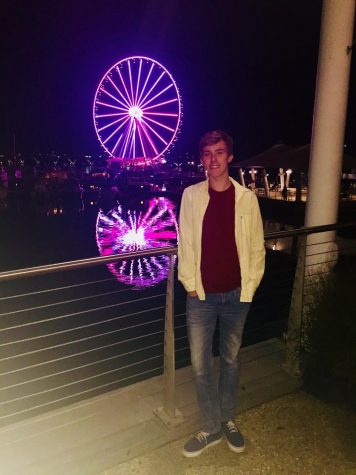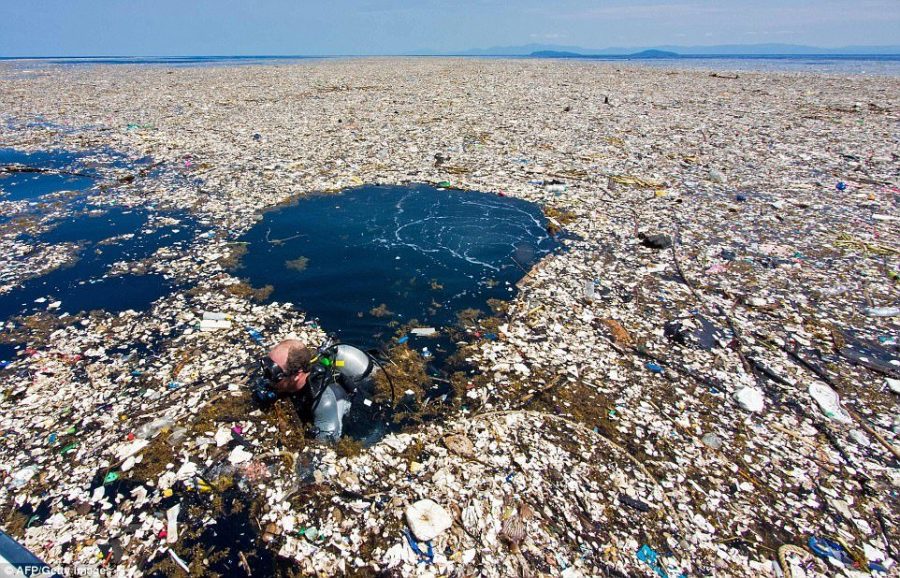Pacific plastic problem persists
Every year, more than 8 million tons of plastic are pumped into the ocean, according to the Plastic Oceans Foundation. Approximately 90% of the world’s plastic items are never recycled, and many scientists believe every piece of plastic created is still in the atmosphere. The problem seems to be insurmountable, so when one person came up with an idea, many people praised them and backed their idea.
Dutch inventor Boyan Slat was an 18-year-old aerospace engineering student when he came up with his plan to clean the swirling mass of trash in the Pacific Ocean, known as the Great Pacific Garbage Patch. Now 24, he’s seen his ideas come to fruition.
Slat’s clean-up contraption consists of 40ft pipes -which are ironically made of plastic- that will be fitted together to form a long, snaking tube. Filled with air, they will float on the ocean’s surface in an arc, and have nylon screens hanging down below forming a giant floating dustpan to catch the plastic rubbish that gathers together when moved by the wind currents and waves.
However, his invention has suffered from pitfalls throughout its beta period. For one, he discovered plastic occasionally drifts out of its U-shaped funnel. He also discovered his creation is very frail, after a 60-feet-long end section broke off while being tested.
Slat believes he has the resources to improve his device, but many critics raised concerns over his project. Many critics believe the solution to plastic problems needs to be addressed by eliminating the source of plastic, rather than cleaning up the waste.
This option would require a lot more effort from the world, and it’s probably one reason why Slat’s plastic-cleaning device drew so much praise. Many people saw this as their golden ticket out of accepting responsibility for the excess plastic problem.
It would require a fundamental redesign and innovation of the current economic standard for packaged goods from “consume and dispose” to “consume and collect.” This would require reusable packages and a highly increased recycling effort which would require a mobilization of consumers. For many people, this is just way too much effort. Letting someone else solve the problem is the most convenient solution.
So it’s a good thing we have people like Slat who are highly motivated to tackle problems affecting the world. Slat has not let his critics get in the way, and remains focused on solving his goal.
“Considering the things we have been able to prove in the past few months and considering the problems that we have faced, they seem quite solvable,” Slat said, in an interview with NPR. “I’m confident that the team will be able to design appropriate solutions for this and that we’ll have the system back in the patch in a few months from now.”
Slat’s vision is to deploy a fleet of 60 more devices, essentially like a garbage truck fleet for the ocean. They would carry the plastics back to land, where they would be processed, recycled, and reused, and not dumped back into the ocean.

Senior Luke Elkins is in his 3rd year in the A-Blast. He has previously been a staff writer and sports editor. He plays varsity soccer and plays...





